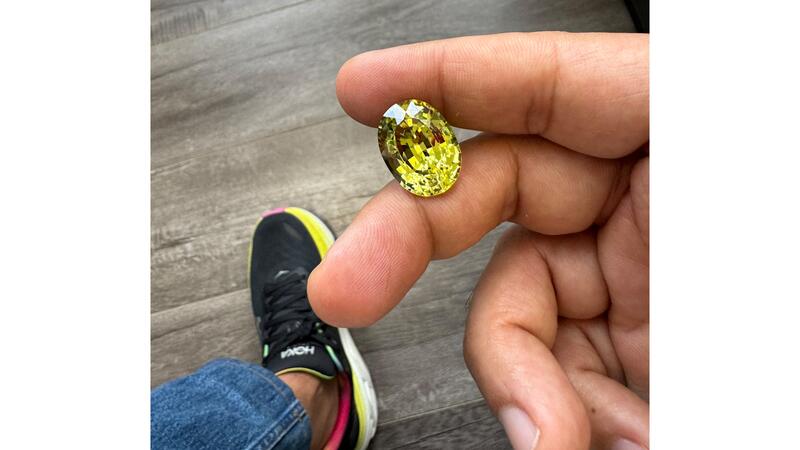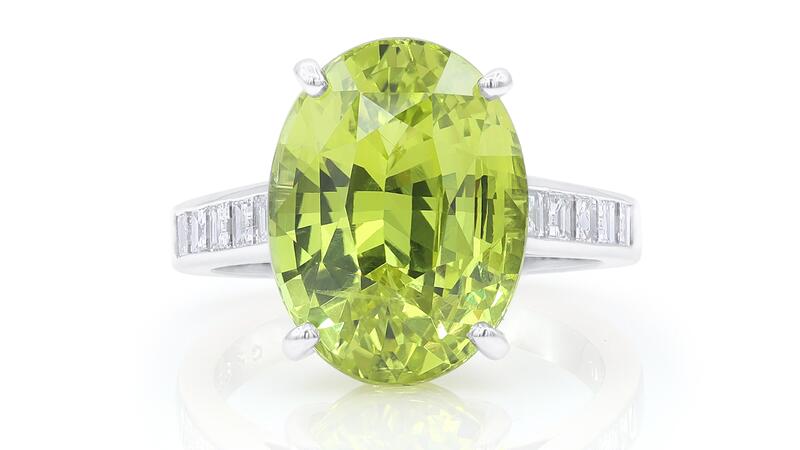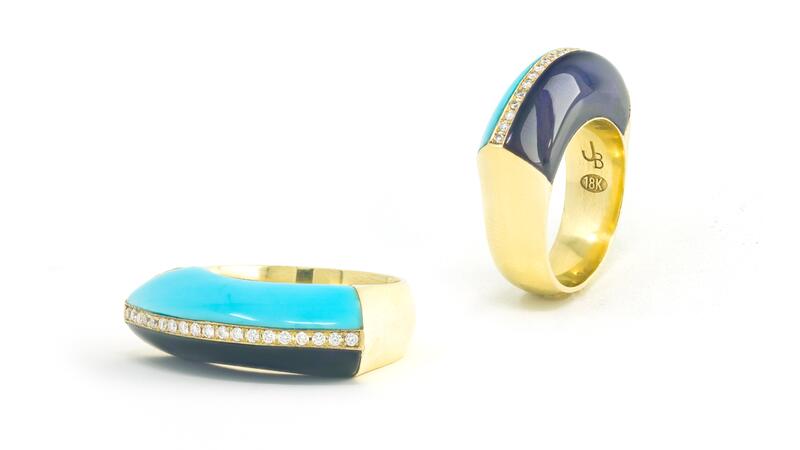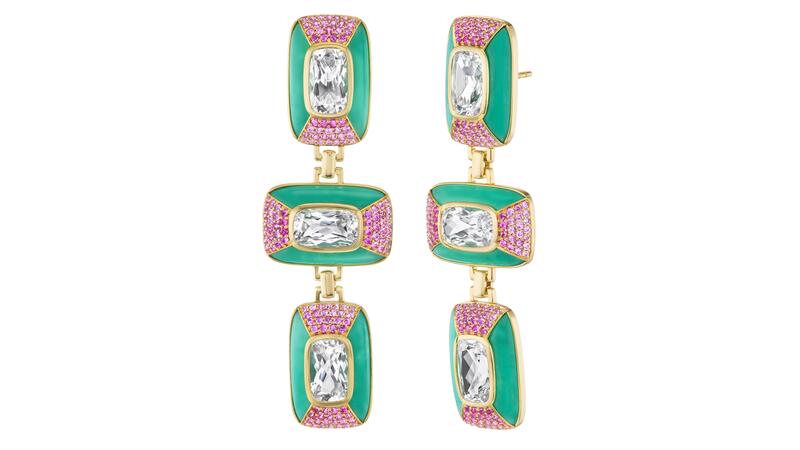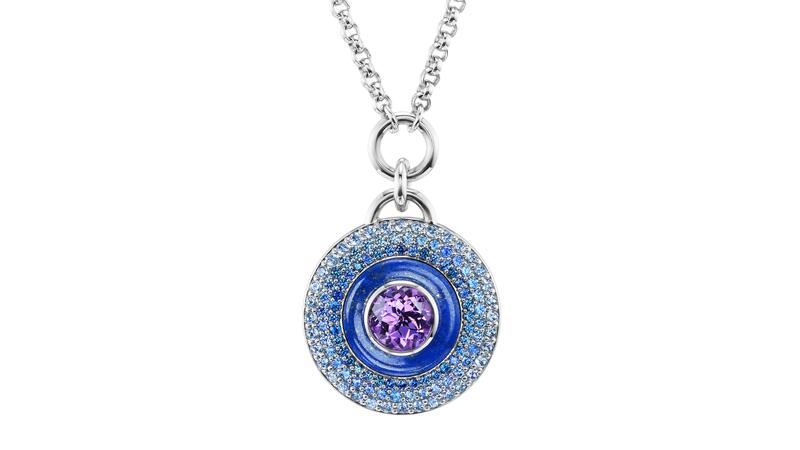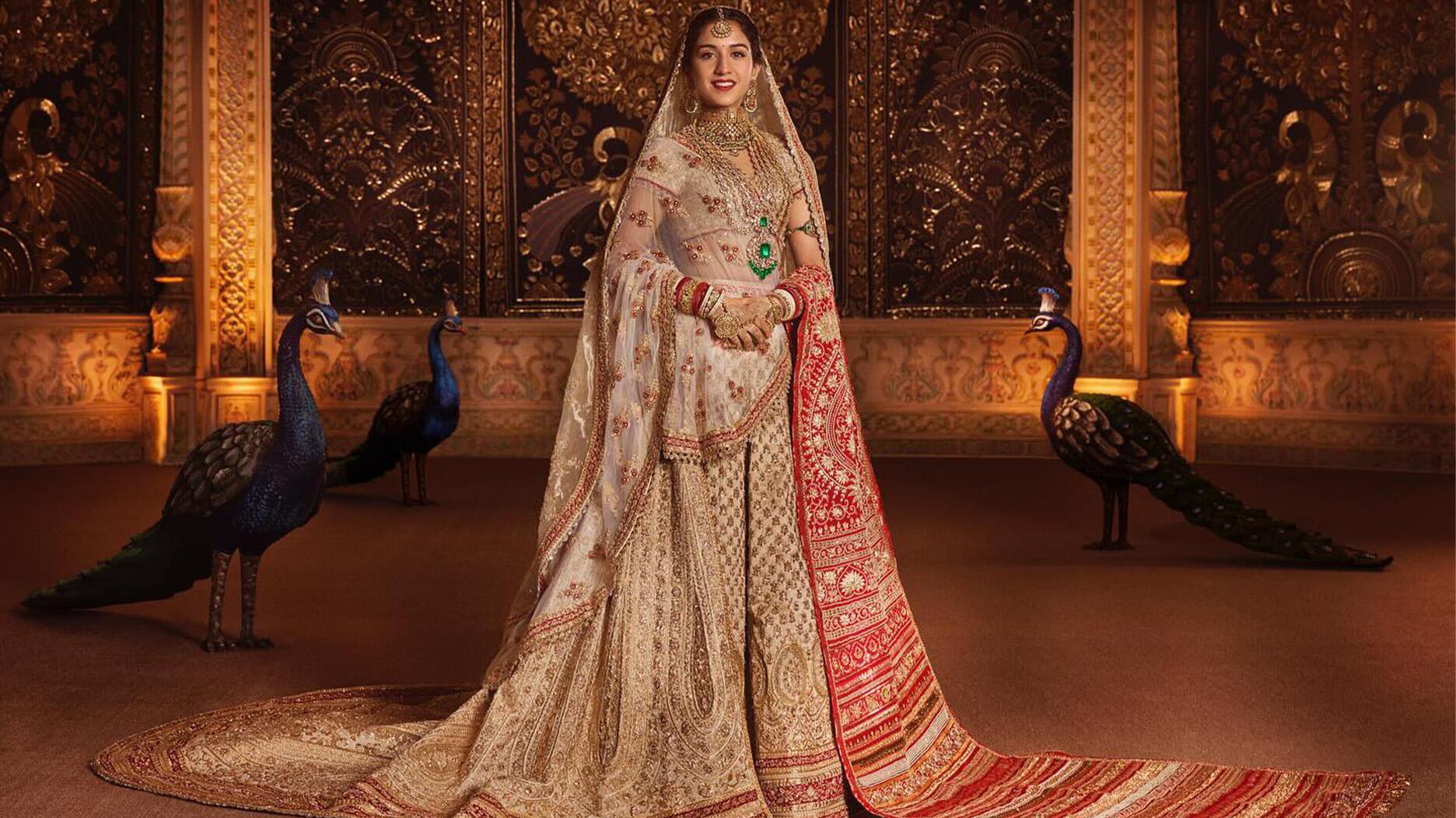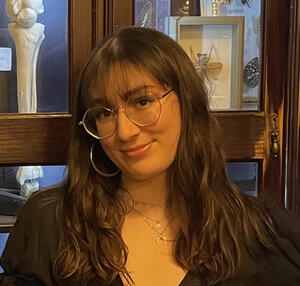How Color Made Its Mark on the Vegas Show Floors
Associate Editor Lauren McLemore shares her roundup of trending designs, vendors’ top picks and the unexpected color that made a statement.
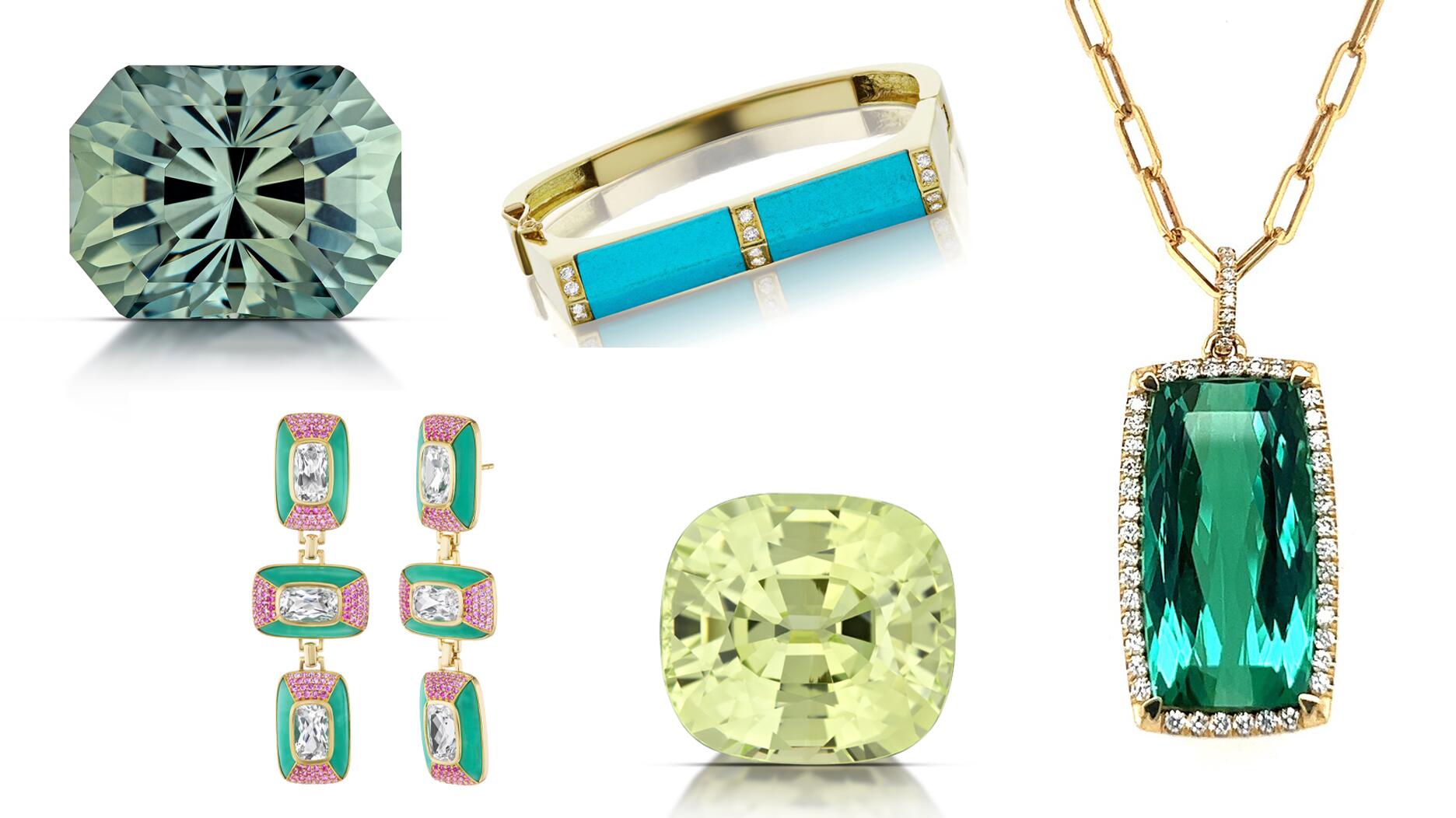
While walking the shows this year, one thing was clear even when I was cross-eyed from exhaustion—splashes of color were everywhere, from unique, multi-color inlay designs to flashy gemstone-forward pieces.
It was a long week of chatting with vendors and buyers, as well as getting insight from expert panelists during the show’s education sessions, but I’ve managed to distill it into a single article for you.
Here are five key ways colored gemstones showed up in Sin City.
You want it? Then buy it, now.
Colored gemstone sales are strong, but there’s less supply of finer goods than what the market has been used to, and the stones that are available are in high demand.
It’s creating a sort of “you-snooze-you-lose” market, wherein buyers should be cautioned that if they walk away from a desirable stone, it may not be there when they return.
Stuart Robertson, president of Gemworld International Inc., was one of three panelists who participated in the JCK Talks “Industry Update” session on the colored gemstone market.
He warned the Vegas crowd of an issue Tucson sellers ran into, saying, “When they went out to replace their inventory, the cost at the source was now higher than what they sold the goods for at the show.”
He gave the same advice he dealt out in Arizona—if you see it and you love it, buy it now.
Robertson said the colored gemstone market is looking at an average year of sales, noting that consumers tend to be more conservative in an election year.
“Not a disaster,” he said, “but not a great one either.”
Customers who are still spending, however, offer what could be interpreted as a message of hope for retailers dealing with inconsistent supply.
“The client base that’s most motivated are the people looking for things that are unique and individualized to themselves,” Robertson said.
Stones available in a wide variety of colors were highly sought after.
When it comes to personalization, what better place to start than to offer customers a unique shade of a common color?
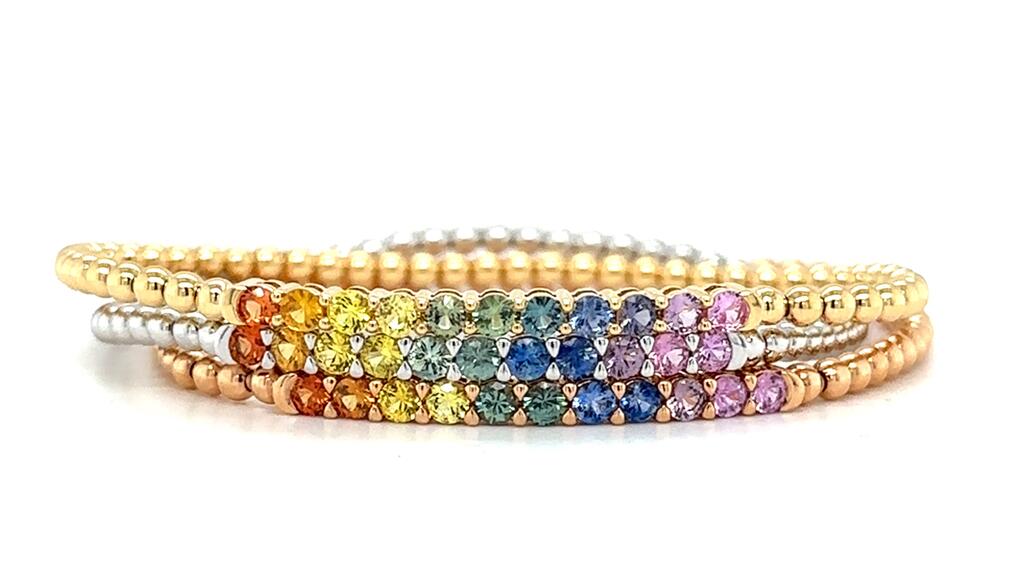
Sapphires are the ultimate example, found in nearly every color of the rainbow, but certain colors like pink and blue are pricey at the moment.
It’s not a new concept, but it bears repeating—retailers have an opportunity now to offer different varieties of colored gemstones that are the same shade as more expensive stones.
“When somebody walks into a store and asks for a blue sapphire, they don’t actually necessarily mean sapphire; they’re talking about a color,” Robertson said, citing research by Gemworld.
Teal sapphire, which Robertson said initially took off as a “substitute stone,” has been very popular.
The whole gamut of greens is popular.
While emerald is perhaps the quintessential green gem, the verdant gemstones in Las Vegas ranged from moody bluish teals to bright lime neon greens.
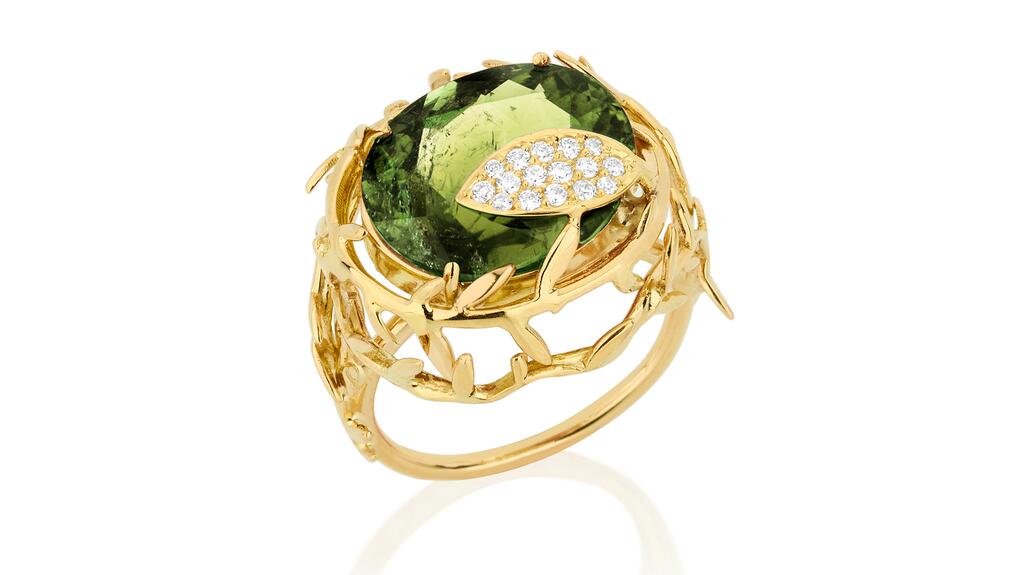
Colored gemstone dealer Kimberly Collins shared a few countries of origin that stood out for the minty green shades in particular—mint tourmalines out of Mozambique and Madagascar, mint garnet from Merelani, and peridot from Pakistan that Collins said has a minty quality to it.
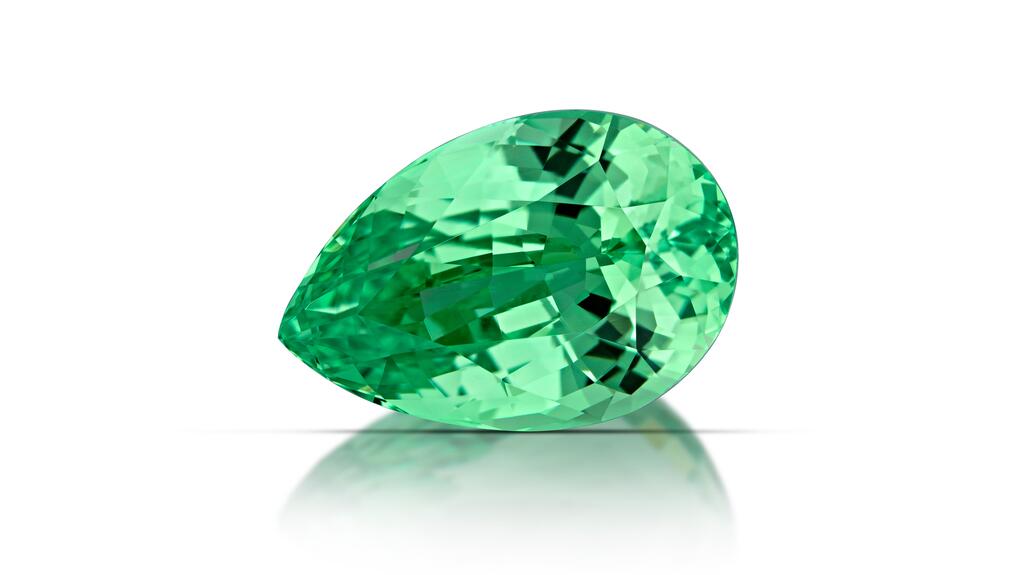
Victoria Gomelsky, editor-in-chief of JCK Magazine and moderator of the JCK Talks panel on colored gemstones, mentioned the latter during a later session on show floor trends.
“I think we’re seeing a lot more peridot than we ever have, partly because the supply is there,” she said, referencing the Fuli mine in China, which produces a grass-green colored peridot and is set to open this year.
Gomelsky also mentioned the somewhat unexpected presence of faceted chrysoberyl across the show floor.
It’s durable, it’s brilliant, and it pairs well with a variety of other colors, according to Collins.
“It’s this bright yellow that feels ‘of the moment,’” Gomelsky said.
“Sometimes you can’t explain why; colors just feel right. It’s that yellow look that a few years ago would have been a much tougher sell.”
Non-faceted colored gemstones are being used creatively.
Last year in Las Vegas, several designers displayed jewelry with enamel, including many neon shades, to offer pieces with a bit of color without having the added cost of colored gemstones.
This year, those same pop-of-color styles were still popular, but with a material twist; designers were incorporating so-called hard stones in places where, a year or two ago, they would have used enamel.
“What we see now is people going back to stones and embracing hard stones—lapis, carnelian, malachite, mother-of-pearl, onyx,” Gomelsky said during the show floor trends talk.
The inlay technique of using stones specifically cut to fit the piece is also popular.
Gomelsky highlighted Maria Blondet, a Puerto Rico-based designer featured in the JCK Events Design Collective Rising Star section who uses a form of ceramic in her new color rush collection.
There are glimmers of interesting new material.
In closing out the Industry Update panel, Gomelsky asked her panelists what has excited them lately.
Along with the aforementioned Pakistani peridot, the experts recalled other new material they’re keeping their eyes on.
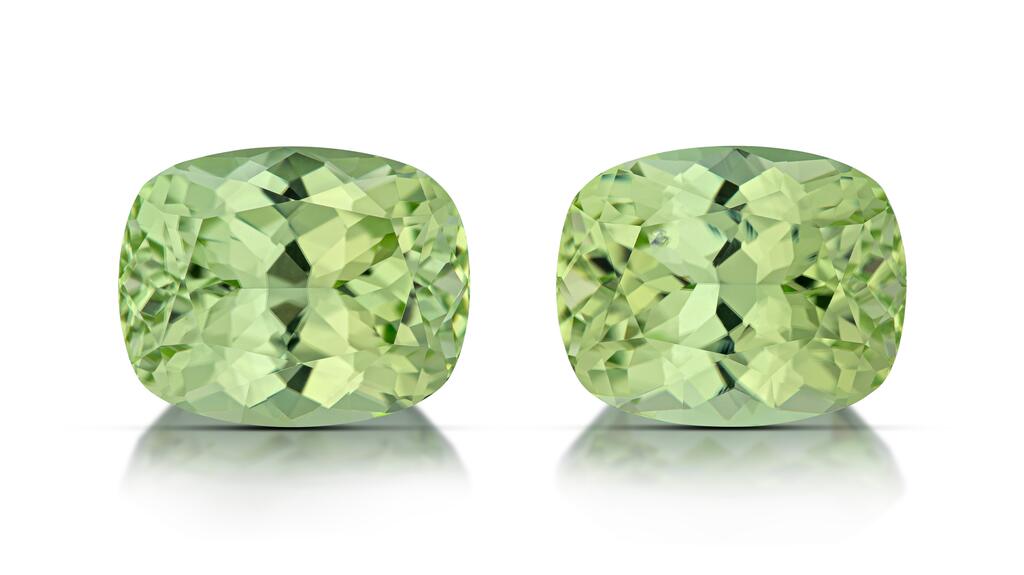
Robertson, who noted his interest in North American-mined gems, mentioned The Tourmaline King mine in San Diego, and how it is producing more now than it was during the Tucson show.
David Nassi of 100% Natural Ltd. is loving green jade from Guatemala, and when he can find it, high-quality cobalt blue spinel out of Vietnam and a relatively new deposit in Tanzania.
The Latest
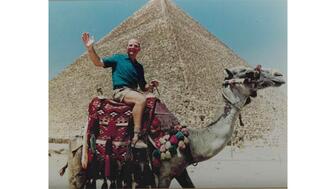
Said to be the first to write a jewelry sales manual for the industry, Zell is remembered for his zest for life.

The company outfitted the Polaris Dawn spaceflight crew with watches that will later be auctioned off to benefit St. Jude’s.

A buyer paid more than $100,000 for the gemstone known as “Little Willie,” setting a new auction record for a Scottish freshwater pearl.

Supplier Spotlight Sponsored by GIA.
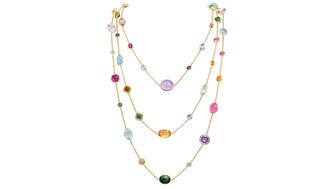
Anita Gumuchian created the 18-karat yellow gold necklace using 189 carats of colored gemstones she spent the last 40 years collecting.

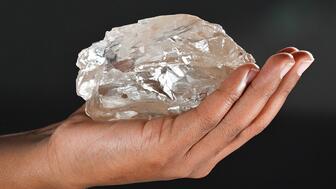
The giant gem came from Karowe, the same mine that yielded the 1,109-carat Lesedi La Rona and the 1,758-carat Sewelô diamond.
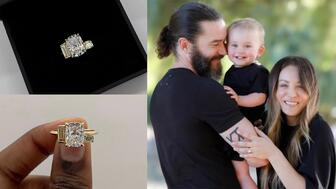
The three-stone ring was designed by Shahla Karimi Jewelry and represents Cuoco, her fiancé Tom Pelphrey, and their child.

Supplier Spotlight Sponsored by GIA
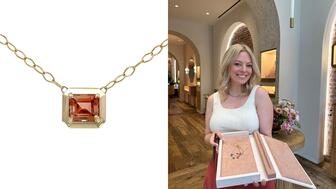
The Manhattan jewelry store has partnered with Xarissa B. of Jewel Boxing on a necklace capsule collection.

Acting as temporary virtual Post-it notes, Notes are designed to help strengthen mutual connections, not reach new audiences.
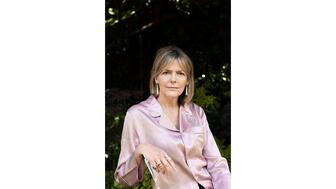
The jewelry historian discusses the history and cultural significance of jewelry throughout time and across the globe.
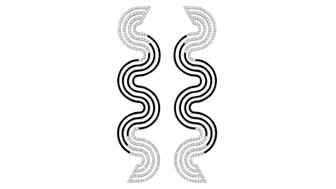
From fringe and tassels to pieces that give the illusion they are in motion, jewelry with movement is trending.
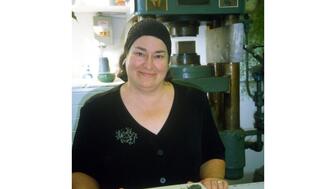
The designer and maker found community around her Philadelphia studio and creative inspiration on the sidewalks below it.

The change to accepted payment methods for Google Ads might seem like an irritation but actually is an opportunity, Emmanuel Raheb writes.

The industry consultant’s new book focuses on what she learned as an athlete recovering from a broken back.
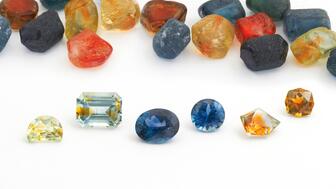
The fair will take place on the West Coast for the first time, hosted by Altana Fine Jewelry in Oakland, California.

Hillelson is a second-generation diamantaire and CEO of Owl Financial Group.
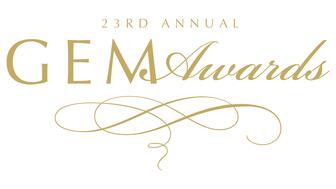
Submissions in the categories of Jewelry Design, Media Excellence, and Retail Excellence will be accepted through this Friday, Aug. 23.
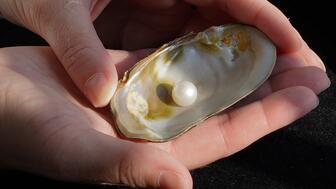
Known as “Little Willie,” it’s the largest freshwater pearl found in recent history in Scotland and is notable for its shape and color.
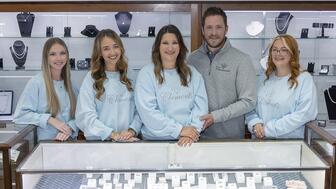
Clements Jewelers in Madisonville cited competition from larger retailers and online sellers as the driving factor.
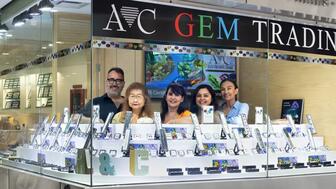
The gemstone company is moving to the Ross Metal Exchange in New York City’s Diamond District.

Most of the 18th century royal jewelry taken from the Green Vault Museum in Dresden, Germany, in 2019 went back on display this week.

The Pittsburgh jeweler has opened a store in the nearby Nemacolin resort.
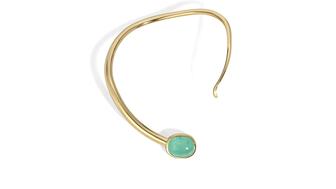
With a 40-carat cabochon emerald, this necklace is as powerful and elegant as a cat.

The Erlanger, Kentucky-based company was recognized for its reliability when it comes to repairs and fast turnaround times.

Unable to pay its debts, the ruby and sapphire miner is looking to restructure and become a “competitive and attractive” company.
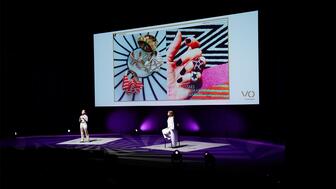
The trend forecaster’s latest guide has intel on upcoming trends in the jewelry market.





